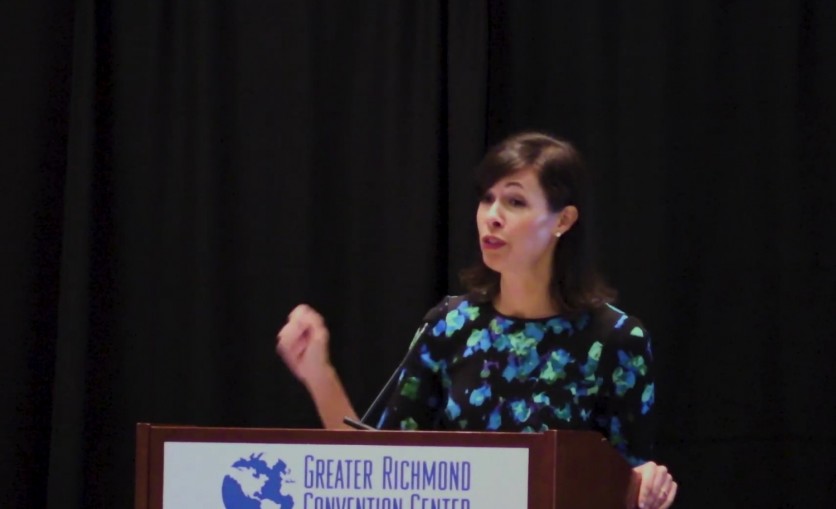
The Federal Communications Commission (FCC) now finalized the fast-speed internet subsidy for low-income households in the United States to pave the way to connect the Americans online since the pandemic caused many companies to close and communications to be limited.
FCC Will Grant a Monthly Subsidy to Low-Income Families
According to an article written by Cecilia Kang of The New York Times, the unanimous decision came down to the four members. A proposal of $50 on a monthly basis is intended for low-income households.
On the other hand, the monthly subsidy was higher to the households located in the Native American region. FCC will grant $75 a month for the broadband service.
On top of that, the agency focused on technological innovation, regulation, and communications law will offer a one-time discount. The deduction could reach up to $100 for the eligible household who want to buy a computer or a tablet.
FCC acting chairwoman, Jessica Rosenworcel, stated that within 60 days, the program can be accessed by the recipients. Furthermore, the governing body on technology, however, should still encourage the internet service providers for the project, so they could track the recipients for approval.
Moreover, the $3.2 billion, which was a part of the COVID-19 relief fund last December 2020, will be used in the program. The said amount will aid the American households to have a reliable internet service that they can use for online learning, occupation, and digital health care.
In a statement, the 49-year-old Rosenworcel, who started in FCC in 2011, said that the program will lift those who have been digitally disconnected. She exemplified that those are seeking a strong internet signal for their online job, even if they are staying in a parking space.
Rosenworcel added that even those who go outside with their laptops to find a Wi-Fi signal for their online class will benefit from the program.
The digital separation has already been the agency's priority over the past year at the peak of the coronavirus pandemic. According to the report by FCC, at least 14.5 million Americans do not have a broadband connection, so this step will be a stepping stone to bridge the gap in the digital world.
The eligible recipients could be the families relying on free lunch projects. In addition, those who have lost their jobs and those who are earning lower than their usual salary are also part of the program's eligibility.
Rosenworcel knew that the program will not be easy starting from the number of households who have access. She continued that the entire block of homes will appear to be connected on federal maps, even if only some of them are granted broadband. This will happen if AT&T or Charter, two of many internet providers, reaches one household in a census block.
FFC on Emergency Alerting Over Video Streaming and Other Related Services
Earlier this week, FCC said that they could explore the entrance of emergency alerting over streaming (EAS). The delivery is connected to the READI Act, which is now a law.
The exploration is said to test the feasibility of EAS alerts via the internet. This involves services related to video streaming and audio, TV Tech reported.
This article is owned by Tech Times.
Written by Joen Coronel
ⓒ 2026 TECHTIMES.com All rights reserved. Do not reproduce without permission.




